Science Daily News | 29 May 2023

Views (139)
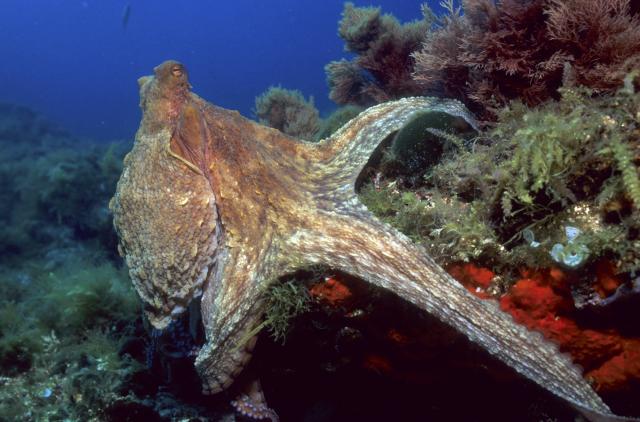
A 'one-in-ten-million' rare white bison calf was just born in Wyoming
A rare white bison — which some communities find sacred — was born in a Wyoming State Park on Tuesday. Tourist traffic is already increasing.
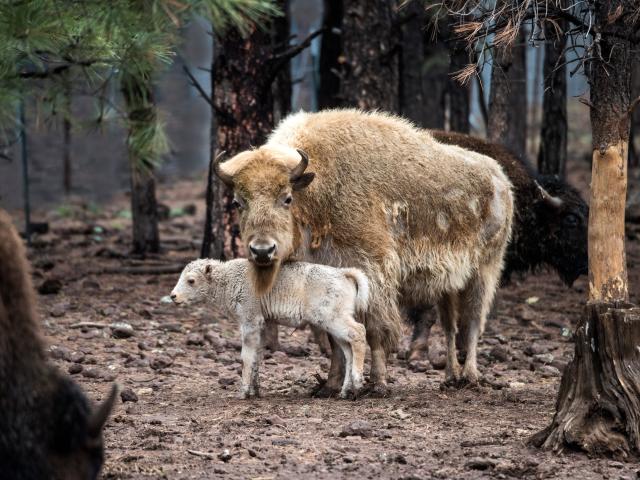
A rare "one-in-ten-billion" albino white bison was born in a Wyoming state park on Tuesday.
White bison are considered sacred to some Native Americans, according to the Native American College Fund.
Bear River Park Superintendent Tyfani Sager said that the calf is small but doing well, Cowboy State Daily reported.
Park Superintendent Tyfani Sager told the outlet the bison is small, but doing well.
Sager said the park has not determined the sex of the bison yet, and that tourist traffic has been up at the park since its birth on Tuesday.
"We're not sure if it's a bull calf or a heifer calf," Sager said, according to Cowboy State Daily. "They're real furry and it's hard to tell right off the bat."
White bison are considered sacred to the Lakota Sioux, who were starving during one summer because there was no game near them, according to the organization. Native legends say that two young men in the tribe went looking for food in the Black Hills of South Dakota, where they met a woman dressed in white who said, "return to your people and tell them I am coming," the organization said in a release.
According to the legend, the woman rolled on the ground four times before turning into a white bison herself. Bison were then plentiful for the Lakota Sioux, the legend says.
The slaughter of a white bison and its mother on a Lakota ranch in 2012 was considered an outrage by others in the community, according to the Native American College Fund.
Wyoming state parks did not immediately return Insider's request for comment on Sunday.
Horrific World War II bunker where Japanese scientists experimented on prisoners with biological weapons, found by archaeologists, report says
Japanese scientists exposed prisoners in occupied China to pathogens and dissected them to learn about the effects on the human body.
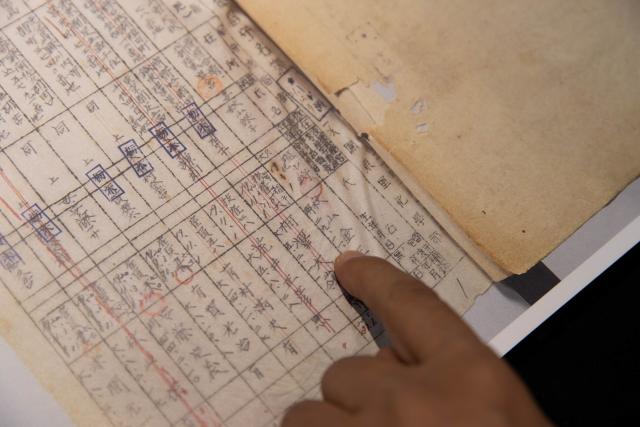
Archaeologists found a bunker used by WWII Japanese scientists to conduct human experiments, says a report.
They say the site could provide new evidence about war crimes committed by the notorious Unit 731.
The Japanese scientists captured by the US were granted immunity in exchange for their research findings.
The facility near the city of Anda, China, is believed to have been used by Unit 731 of the Japanese Imperial Army, which conducted brutal experiments on humans between 1935 and 1945.
The notorious unit experimented on and killed thousands of people, including men, women, and children.
The research published in the journal Northern Cultural Relics in May could provide new evidence about war crimes.
"It also highlights the ongoing legacy of Unit 731's atrocities and their impact on global efforts to prevent biological warfare," the Heilongjiang Provincial Institute of Cultural Relics and Archaeology researchers said.
Archaeologists discovered the underground facility consisting of several interconnected tunnels and chambers after starting an investigation in 2019 using geophysical prospecting, drilling, and excavation techniques.
The researchers are yet to enter the bunkers, but the survey has revealed details about the underground structures, South China Morning Post reported.
A U-shaped cluster of bunkers was discovered five feet below the surface, as well as a circular room that archaeologists believe was used to observe and dissect human subjects after they were infected with pathogens or chemical agents.
Researchers said that their knowledge of the underground facility is still preliminary, and more work will need to be done to learn how the structures relate to each other.
Most of the surface-level buildings at the Anda site were destroyed in 1945 to erase evidence of the experiments, but the underground structures remain, archaeologists said.
Facilities were built below the ground to maintain secrecy, and these included barracks, bathhouses, and dining areas, according to the report.
Some Unit 731 researchers were arrested by Soviet forces and tried at the December 1949 Khabarovsk war crime trials, while those captured by the United States were granted immunity in exchange for their research findings.
Egypt unearths tombs and workshops where humans and sacred animals were mummified in the age of the pharaohs
The workshops unearthed near Cairo are where humans and sacred animals were mummified 2,400 years ago when the pharaohs ruled Egypt.
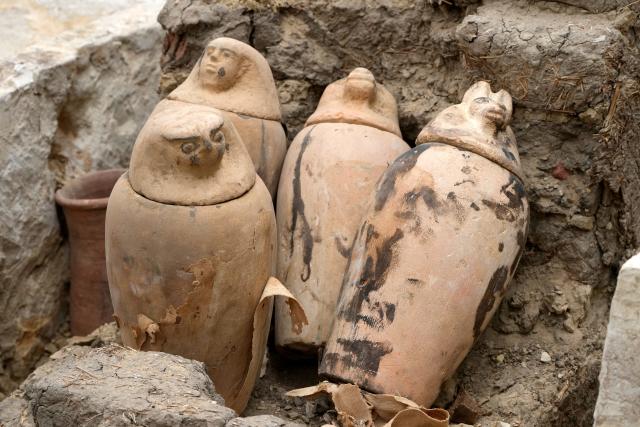
Archaeologists found ancient mummification workshops and tombs in the Saqqara necropolis.
The workshops were used to embalm humans and sacred animals to prepare them for the afterlife.
The tombs of two priests dating back to the 24th and 14th centuries BC were also found.
Archaeologists in Egypt have found ancient mummification workshops and tombs in the ancient Saqqara necropolis south of Cairo, the government said.
Researchers found stony beds where bodies were laid down for mummification, as well as clay pots used to hold organs and other ritual vessels, Egypt's Ministry of Tourism and Antiquities said.
The purpose of mummification was to keep the body intact so it could be transported to a spiritual afterlife.
The excavations also uncovered the tombs of two priests dating back to the 24th and 14th centuries BC.
The second tomb, belonging to Men Kheber from the late kingdom's 18th dynasty, was decorated with scenes showing the deceased in different positions, officials said, per Reuters.
Saqqara Necropolis, south of Egypt's capital, Cairo, is a vast ancient burial ground located at the ancient Egyptian capital Memphis and contains numerous pyramids and tombs.
The discovery was made following a year-long excavation near the sanctuary of the goddess Bastet, Reuters said.
The new discoveries were unveiled by Egypt's Ministry of Tourism and Antiquities in a high-profile press conference on Saturday.
In recent years archaeological discoveries like this have been heavily promoted by Egypt's government in order to attract tourism following the 2011 uprising and an ongoing economic crisis, AP and Reuters noted.
Scientists have discovered over 5,000 new species in the Pacific Ocean, from sea cucumbers to 'gummy squirrels' — check them out
The species were found in a mineral-rich area of the Pacific Ocean floor between Hawaii and Mexico that could be targeted for deep-sea mining.
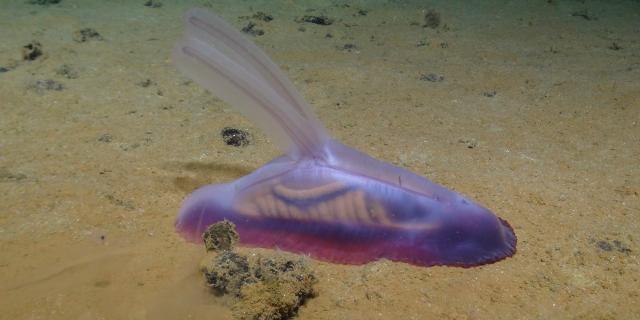
Scientists have discovered thousands of new species in an area of the Pacific Ocean.
They found 5,578 species in the Clarion-Clipperton Zone, a 1.7 million square mile region.
88% to 92% of the creatures that they discovered were "new to science," they said.
Of the 5,578 new species discovered, around 88% to 92% were "new to science," the report says.
The new species were found in the Clarion-Clipperton Zone (CCZ), an area of the ocean floor between Hawaii and Mexico that spans 1.7 million square miles. The area, which is rich in minerals, has been identified as a target zone for future mining, and scientists have set out to research the area's ecosystem before such mining begins.
According to the report, the CCZ was first explored in the 1960s, while informal lists of species were created from the late 1970s to the 1990s.
"In a way, I am surprised about how little we actually know," said Muriel Rabone, a deep-sea researcher at the Natural History Museum and the lead author of the study.
"Considering we have been visiting the CCZ since the 1960s, and it is actually the best-known abyssal region, yet we still know only 10% of species-level diversity," she added.
The Welshman who aimed for space but was sunk at sea
Dr J Anthony Llewellyn was one of the first two non-USA born Nasa astronauts.

When Dr John Anthony Llewellyn applied to be an astronaut he never expected to end up living on the seafloor.
He had set his sights a little higher - at least in terms of altitude - and dreamed of going to space after replying to a notice board advert.
Nasa was expanding its space exploration plans and needed scientists.
In August 1967 the chemistry expert became one of only 11 people to be accepted.
He was one of the first two Nasa astronauts who were not USA-born. The other was his colleague Dr Phillip Chapman, an Australian.
The men were the sixth group of Nasa-appointed astronauts. They became known as the "Excess 11", as there was no mission planned for them.
When he got the job, dad-of-three Dr Llewellyn's ambition was to "make a successful flight, do some good experiments and get some good first-class science out of it".
The fact the 11 were scientists and not pilots meant the group differed from most astronauts.
So Dr Llewellyn, from Adamsdown, in Cardiff, and the others had to spend 13 months receiving jet pilot training.
But a few months into the course, at Houston's Johnson Space Centre, the former Cardiff High School pupil realised flying fast planes wasn't for him.
In August 1968, less than a year before man walked on the moon, he decided to leave the space agency.
Having attempted to reach for the stars, his next step ironically would see him opt to plumb the depths.
He had been taught to dive by oceanographer Jacques Cousteau, and during the 1960s had been Florida State University's diving course training director.
So in 1971 he began working with the National Oceanic and Atmospheric Administration (NOAA).
For the next five years he spent much of his time living and working in a big yellow pod at the bottom of the sea as part of a science and technology programme.
Anchored a mile from Grand Bahama, this was the hydrolab - NOAA's first undersea research habitat.
Inside it the scientists had everything they needed to live there for up to a fortnight. There was space for four, but only three beds, so they slept in shifts.
At the end of each stint he spent 16 hours in a decompression chamber so he didn't get the bends - caused by bubbles forming in the blood.
He was in his element, and when he wasn't dodging tiger sharks, he conducted experiments.
When he died on 2 July 2013, aged 80, Dr Llewellyn was at Florida State University, now emeritus professor of chemical and biochemical engineering.
His family were unsurprised by his eventful life.
His brother, David, recalled his older sibling had an adventurous spirit when they were children when living on Moira Street, Adamsdown.
David, who was four years junior, said: "He always came up with crazy ideas that I helped him with a little, like making a parachute out of thin sacks and jumping out of the bedroom window.
"As a teenager he became interested in motorcycles and the fun that goes with them."
In his later years, his daredevil spirit remained.
In 1992 he sailed the Atlantic from Gibraltar to Antigua, and from Miami to the Azores in 2000.
"He was the ultimate adventurer," said David.
Video may show an octopus waking up from a nightmare, scientists believe
The findings raise questions about the possibility of dream-like experiences in these intelligent creatures.
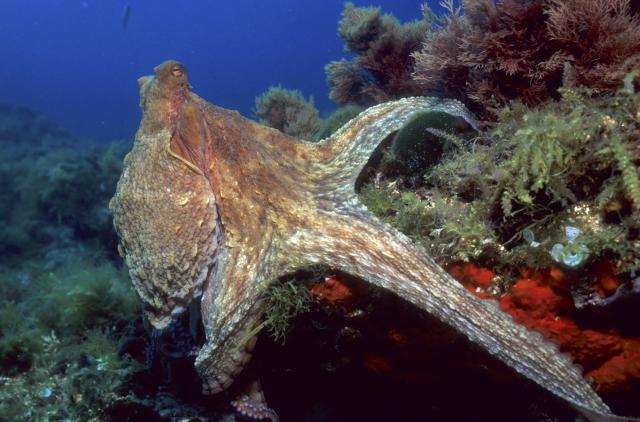
A video shows an octopus appearing to wake up from sleep in distress.
The behaviour looked similar to waking up from a nightmare, scientists said.
The findings raise questions about the possibility of dream-like experiences in the creatures.
Scientists observed unusual behavior in an octopus that they said looked similar to it waking up from a nightmare.
The cephalopod, named Costello, was filmed 24 hours a day in a laboratory at The Rockefeller University in New York over the course of a month.
The behavior suggested that it was in temporary distress, which scientists said could suggest he was responding to a bad dream.
"And then he just got up like nothing had happened, and he resumed his day as normal."
When Costello came to the laboratory from the wild, he appeared to have suffered severe injuries, including losing the majority of two of his arms, which researchers said was likely due to a previous attack. They noted a study that found such cases in animals "can result in long-term behavioral and neural hypersensitivity," suggesting Costello may have been responding to memories of the attack.
The study has not yet been peer-reviewed and only observed one octopus, but the findings have raised questions about the possible dream-like experiences of these intelligent creatures.
One of the study's co-authors noted that it would be difficult to study an octopus' brain activity and determine whether they actually dream.
Another scientist who was not involved in observing Costello said the strange behavior could have another explanation, however.
Robyn Crook, an associate professor of biology at San Francisco State University, told Live Science that the octopus' behavior could have been due to senescence, which is when an octopus' body starts to break down before death.
Costello died shortly after these episodes, according to Live Science.
Crook said that the Costello's movements in the video appeared to be due to a lack of motor control, possibly pointing to senescence.
"I don't exclude that senescence could be one of the drivers of this," Ramos told Live Science.
The study's authors noted that the results couldn't be considered conclusive until replicated. As the episodes in question were fleeting, the scientists recommended that future researchers also observe octopuses for 24 hours a day using cameras.
0 Likes
